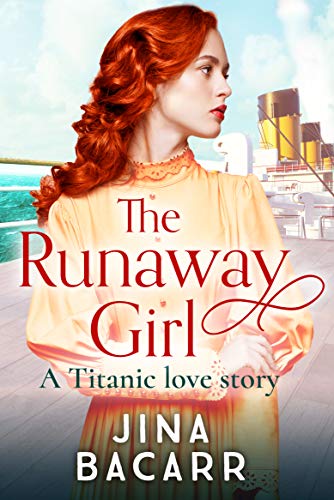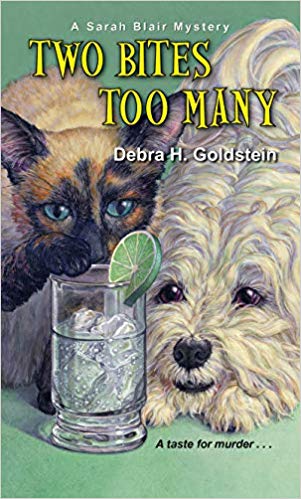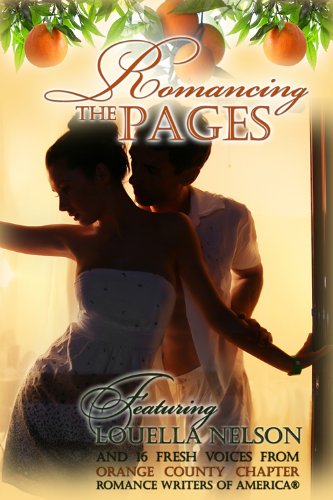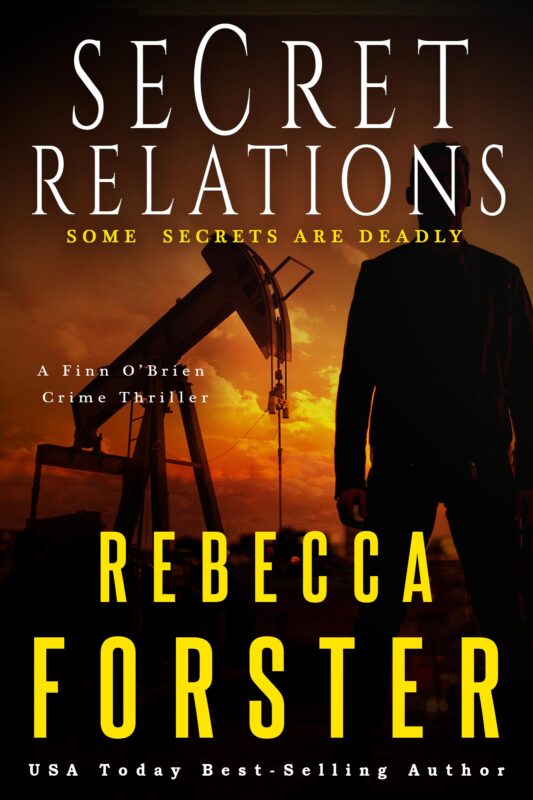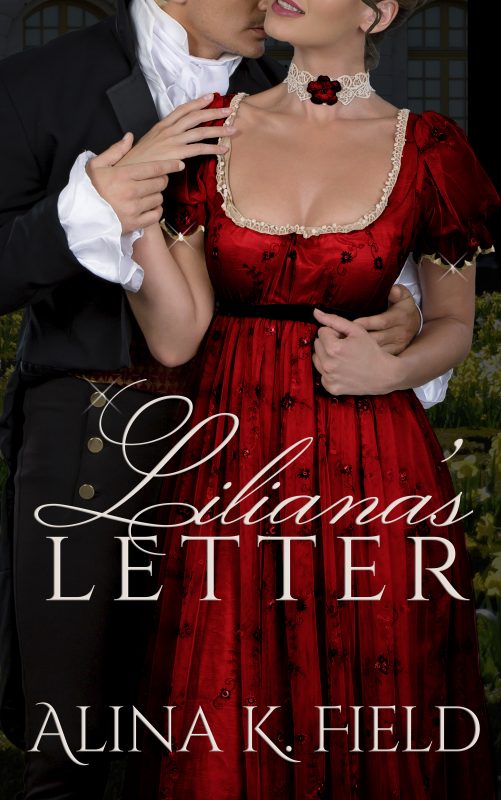In the Judgment Seat
May 13, 2020 by Bethlehem Writers Group in category From a Cabin in the Woods by Members of Bethlehem Writers Group tagged as constructive criticism, critiques, short story contest

From a Cabin in the Wood’s is a column featuring authors from the Bethlehem Writers Group. Writing for us this month is Dianna Sinovic.
Born and raised in the Midwest, Dianna Sinovic has also lived in three other quadrants of the U.S. She writes short stories and poetry, and is working on a full-length novel about a young woman in search of her long-lost brother.
In the Judgment Seat
The Bethlehem Writers Group, one of the writers groups I’m in, sponsors an annual short story contest for all non-members, and the members do much of the judging—the first cuts, the semifinalist round, and the finalists. Once the finalists are selected, a guest judge (an author outside the organization) makes the final call on the rankings of first, second, and third.
Each story is judged by three people, using a templated rubric, with the two highest scores determining whether the story makes it to the semifinalist category. Sometimes the same story can accrue widely divergent scores. How could three readers have such different reactions? That difference of opinion explains why sometimes the debates the group has on which stories come out on top are quite heated.
I’m often amazed at the creativity of some of the entrants, but also always disappointed in others. I think—if only the author had done X, Y or Z, the results would have been much more satisfying or made more sense.
It’s also instructive to see how often an entry lacks a story arc. Even if a story is short and basically just one scene, it still needs a beginning, middle and end, with a goal in mind for the main character. Author Juliet Marillier said that stories with no proper ending also don’t make the cut when she judges.
It’s also interesting to see that some authors submit pieces that are mostly likely memoir. This can work if the personal account contains the essence of a good story, with that needed arc and depth of character/emotion, but many often don’t.
How the theme is approached is also eye opening. We choose a new contest theme every other year. This year’s topic was animals; it didn’t matter what kind of animal or how many, but an animal had to play an important part in the story. I read tales that featured insects, cats, horses, dogs, sea animals, and reptiles, some good, some not so good. With research only a browser click away, I was discouraged at how often writers didn’t do their homework when trying to depict animal behavior.
Of course, it’s much easier for me to see the flaws in other people’s works than in mine.
Each year’s judging process serves as a reminder to always ask others to read my work and offer their feedback, to let me know where my stories fall short so I can further revise.
Sweet, Funny, and Strange Anthologies Featuring Stories From The Bethlehem Writers Group’s Short Story Award
Do or Do Not, There is no Try When it Comes to Building your Brand
May 12, 2020 by Denise M. Colby in category The Writing Journey by Denise Colby tagged as author branding, Denise M. Colby, encouragement, SEO MarketingSince May is all about Star Wars, I thought I’d start with a famous Yoda quote and apply it to a building your brand message:
“Do or Do Not, There is no Try”
Yoda
How does this apply to your author platform?
- We write or we do not write.
- We post social media or we do not post social media.
- We start building a brand or we do not.
When it comes to building your brand, there’s this fear of getting things wrong.
And sometimes this fear prevents us from doing anything about it.
But that’s exactly what I want to encourage you to do. Do something! Don’t just say you will try. And know, whatever you do, it doesn’t have to be 100% perfect. It’s most important for you to do.
Yes, I know, all the different variables to building your author brand can be stressful. But keep in mind, I’ve seen several small businesses evolve and grow in their online presence. It has opened my eyes to the fact that they did not get to their current place overnight. There’s not a magic switch that turns on everything perfectly. Most sites have evolved over time, trying things that work and don’t work and making adjustments as they work out the kinks.
Our author websites and social media are just like this.
We need to do some things first before we figure out if it works or not.
That’s what happened with my Marketing for Authors newsletter. I saw a graphic I liked and wanted to make it into the brand for Marketing for Authors. But no matter what I did, it wasn’t working the way I pictured it. And so I put off sending out my newsletter, or doing anything else for that matter. Not very business-minded, was it? So, I too am right in the thick of it, challenging myself with starting over and moving forward.
I’ve since chosen a simple design (thanks Canva!) and color scheme that I can incorporate into my training materials easily. And if I need to change some things as I go, I’m okay with that.
Here’s my new logo.

What do you think?
I’m super excited about it. I didn’t overthink it like I usually do, and I can incorporate the colors into my training materials. The only issue is when I print it on my home printer, the color comes out a little more blue than what it looks like on the screen. Since most of my stuff will be digital anyway, I’m moving forward with it. And boy does that feel freeing.
I understand how much establishing brand and building content is complicated and time-consuming. That’s where I want to help you in figuring out what works and to offer encouragement.
As a writer and a small business person, every little action can help propel your brand forward.
For myself, I’ve written my first newsletter and I’m ready to send it out (you can sign up for my free newsletter here). I’m also preparing to teach my first online class and give my first zoom interview. I’m trying not to over think things, but just take baby steps, one step at a time.
I hope to encourage you in the same way.
If interested in learning more about brand and SEO, take a look at some of my past posts:
Why it’s Important to Have a Blog and What to Write About
Why Link Building on Your Website and Blog is Important
Why SEO Should Matter To An Author
Or you can visit my website by clicking on the button below.
0 0 Read moreBoldwood Bedtime Stories with Jina Bacarr reading from ‘The Runaway Girl’ A Titanic love story
May 11, 2020 by Jina Bacarr in category Jina’s Book Chat, Writing tagged as bedtime, Boldwood, Boldwood Books, historical fiction, historical romance, Ireland, Queenstown, romance', ship of dreams, stories, story, TitanicSince we’re all still at home… why not grab a lovely cup of herb tea and a biscuit and listen to THE RUNAWAY GIRL on Boldwood Bedtime Stories.
Here we meet Ava before she boarded the TITANIC..
I enjoyed bringing these characters in Queenstown Ireland to life… Enjoy!
Boldwood Bedtime Stories: The RUNAWAY GIRL Introduction
Boldwood Bedtime Stories: The RUNAWAY GIRL Part 1: Queenstown, Ireland Ava needs a place to stay
Boldwood Bedtime Stories: The RUNAWAY GIRL Part 2: Ava ends up in a dosshouse in Queenstown, Ireland
Boldwood Bedtime Stories: The RUNAWAY GIRL Part 3 Ava bargains with Florie Sims at the dosshouse
Boldwood Bedtime Stories: The RUNAWAY GIRL Part 4 Ava fights back against unruly gent in dosshouse
————–
Two women hold the keys to his heart. Only one will survive that fateful night…
When Ava O’Reilly is wrongly accused of stealing from her employer, she has no option but to flee Ireland. The law is after her, and she has only one chance at escape – the Titanic.
Aboard the ship of dreams, she runs straight into the arms of Captain ‘Buck’ Blackthorn, a dashing gentleman gambler who promises to be her protector. He is intrigued by her Irish beauty and manages to disguise her as the maid of his good friend, the lovely Countess of Marbury. Little does he realise, that the Countess is also in love with him.
As the fateful night approaches, tragedy strikes further when Ava is separated from Buck, and must make a daring choice that will change her life forever…
A sweeping historical romance set aboard the Titanic, from the author of Her Lost Love (Christmas Once Again).
Praise for Jina Bacarr:
‘A delightful holiday romance that has all the charm of a classic Christmas movie. Christmas Once Again is perfect for anyone who loves a holiday romance brimming with mistletoe, hope, and what ifs.’ Andie Newton, author of The Girl I Left Behind
‘A breathtaking holiday romance that is sure to stay with you long after reading’
‘A mesmerizing holiday romance that is sure to sweep you off your feet and take you away to another place, another time.’
‘A fabulous book you won’t want to miss’
THE RUNAWAY GIRL e-book, print and audio book:
0 0 Read more
If You Could Create the Perfect Writers Conference by Kitty Bucholtz
May 9, 2020 by Kitty Bucholtz in category It's Worth It by Kitty Bucholtz, Writing tagged as Kitty Bucholtz, Write Now Workshop, writers conferenceSix weeks ago, before the COVID-19 pandemic and lockdown, I was all set to sign a contract with a beautiful hotel here in Malmö, Sweden, and host the first WRITE NOW! Workshop Writers Conference. My, how things change.
While hosting live, in-person events has become questionable on many levels for the rest of this year, more and more people are getting used to meeting online simply because it’s the only way to connect right now. For that reason, I decided not to cancel my conference, but to simply recreate it as an amazing online experience.

But if it’s going to have to change anyway, what else could we do to make the conference even more amazing?! I thought I’d ask you, the writer who normally enjoys going to writers conferences – what would you love to see in an online conference?
There are a few ways we could go. One person suggested that since going to a conference all day for two or three days can be exhausting, maybe we should spread it out to several half-days over a month. Someone else suggested creating a writers summit instead of a conference – a free or low-cost event with lots of great content, but each speaker gets to pitch something that they sell at the end of each session (a course, a book).
I have to admit, for me the conference experience is the joy of seeing old friends and the fun of making new ones, and sharing all of the fun and learning together. If we recreate the conference experience online, we can create little experiences where we get to meet and talk to new people, hang out with old friends, and share our coffee or wine together.
We’ve come up with some super fun ideas to keep it interesting even as we’re apart. For instance, I could have a yoga instructor or physical trainer come on for a couple minutes every few hours to get us up and moving a little, get some more blood and oxygen into our brains.
We could still have a timed writing sprint room in the morning or at night where people could meet and write together. We could have a fireside chat one or two nights with a fun, famous author talking about their writing life and taking questions. We could even have pajama parties! We’d break it up according to genres or topics.
So what do you think? If you’re thinking you might not be flying to a writers conference this year, what’s the best way to recreate that awesome experience online? Share your thoughts and I’ll incorporate what I can into the first ever WRITE NOW! Workshop Writers Conference!
And save the date: October 9-11, 2020!
2 0 Read moreKitty Bucholtz, May Featured Author
May 7, 2020 by Kitty Bucholtz in category Featured Author of the Month tagged as Kitty Bucholtz, May Featured Author of the Month, romantic comedy, Superheros, Write Now Workshop Podcast

Kitty Bucholtz combined her undergraduate degree in business, her years of experience in accounting and finance, and her graduate degree in creative writing to become a writer-turned-independent-publisher. She writes romantic comedy and superhero urban fantasy, often with an inspirational element woven in. She loves to teach and offer advice to writers through her WRITE NOW! Workshop courses and the WRITE NOW! Workshop Podcast.
Besides Kitty’s website and WRITE NOW! Workshop Podcast, you will find her here on the 9th of each month writing It’s Worth It.
Books by Kitty Bucholtz
Affiliate Links
A Slice of Orange is an affiliate with some of the booksellers listed on this website, including Barnes & Nobel, Books A Million, iBooks, Kobo, and Smashwords. This means A Slice of Orange may earn a small advertising fee from sales made through the links used on this website. There are reminders of these affiliate links on the pages for individual books.
Search A Slice of Orange
Find a Column
Archives
Featured Books
TWO BITES TOO MANY
Far from a domestic goddess, Sarah Blair would rather catch bad guys than slave over a hot stove. But when a dangerous murder boils over in Wheaton, Alabama, catching the killer means leaving her comfort zone …
More info →ROMANCING THE PAGES
Celebrate all year long through Romancing the Pages
More info →SECRET RELATIONS
They're illegal. They're undocumented. They're disappearing.
More info →LILIANA’S LETTER
Hired to help an heiress snare a titled husband, a down-on-her-luck lady dodges her own shadowy past and the titled Lord determined to uncover it.
More info →Newsletter
Contributing Authors
Search A Slice of Orange
Find a Column
Archives
Authors in the Bookstore
- A. E. Decker
- A. J. Scudiere
- A.J. Sidransky
- Abby Collette
- Alanna Lucus
- Albert Marrin
- Alice Duncan
- Alina K. Field
- Alison Green Myers
- Andi Lawrencovna
- Andrew C Raiford
- Angela Pryce
- Aviva Vaughn
- Barbara Ankrum
- Bethlehem Writers Group, LLC
- Carol L. Wright
- Celeste Barclay
- Christina Alexandra
- Christopher D. Ochs
- Claire Davon
- Claire Naden
- Courtnee Turner Hoyle
- Courtney Annicchiarico
- D. Lieber
- Daniel V. Meier Jr.
- Debra Dixon
- Debra H. Goldstein
- Debra Holland
- Dee Ann Palmer
- Denise M. Colby
- Diane Benefiel
- Diane Sismour
- Dianna Sinovic
- DT Krippene
- E.B. Dawson
- Emilie Dallaire
- Emily Brightwell
- Emily PW Murphy
- Fae Rowen
- Faith L. Justice
- Frances Amati
- Geralyn Corcillo
- Glynnis Campbell
- Greg Jolley
- H. O. Charles
- Jaclyn Roché
- Jacqueline Diamond
- Janet Lynn and Will Zeilinger
- Jaya Mehta
- Jeff Baird
- Jenna Barwin
- Jenne Kern
- Jennifer D. Bokal
- Jennifer Lyon
- Jerome W. McFadden
- Jill Piscitello
- Jina Bacarr
- Jo A. Hiestand
- Jodi Bogert
- Jolina Petersheim
- Jonathan Maberry
- Joy Allyson
- Judy Duarte
- Justin Murphy
- Justine Davis
- Kat Martin
- Kidd Wadsworth
- Kitty Bucholtz
- Kristy Tate
- Larry Deibert
- Larry Hamilton
- Laura Drake
- Laurie Stevens
- Leslie Knowles
- Li-Ying Lundquist
- Linda Carroll-Bradd
- Linda Lappin
- Linda McLaughlin
- Linda O. Johnston
- Lisa Preston
- Lolo Paige
- Loran Holt
- Lynette M. Burrows
- Lyssa Kay Adams
- Madeline Ash
- Margarita Engle
- Marguerite Quantaine
- Marianne H. Donley
- Mary Castillo
- Maureen Klovers
- Megan Haskell
- Melanie Waterbury
- Melisa Rivero
- Melissa Chambers
- Melodie Winawer
- Meriam Wilhelm
- Mikel J. Wilson
- Mindy Neff
- Monica McCabe
- Nancy Brashear
- Neetu Malik
- Nikki Prince
- Once Upon Anthologies
- Paula Gail Benson
- Penny Reid
- Peter Barbour
- Priscilla Oliveras
- R. H. Kohno
- Rachel Hailey
- Ralph Hieb
- Ramcy Diek
- Ransom Stephens
- Rebecca Forster
- Renae Wrich
- Roxy Matthews
- Ryder Hunte Clancy
- Sally Paradysz
- Sheila Colón-Bagley
- Simone de Muñoz
- Sophie Barnes
- Susan Kaye Quinn
- Susan Lynn Meyer
- Susan Squires
- T. D. Fox
- Tara C. Allred
- Tara Lain
- Tari Lynn Jewett
- Terri Osburn
- Tracy Reed
- Vera Jane Cook
- Vicki Crum
- Writing Something Romantic
Affiliate Links
A Slice of Orange is an affiliate with some of the booksellers listed on this website, including Barnes & Nobel, Books A Million, iBooks, Kobo, and Smashwords. This means A Slice of Orange may earn a small advertising fee from sales made through the links used on this website. There are reminders of these affiliate links on the pages for individual books.




























